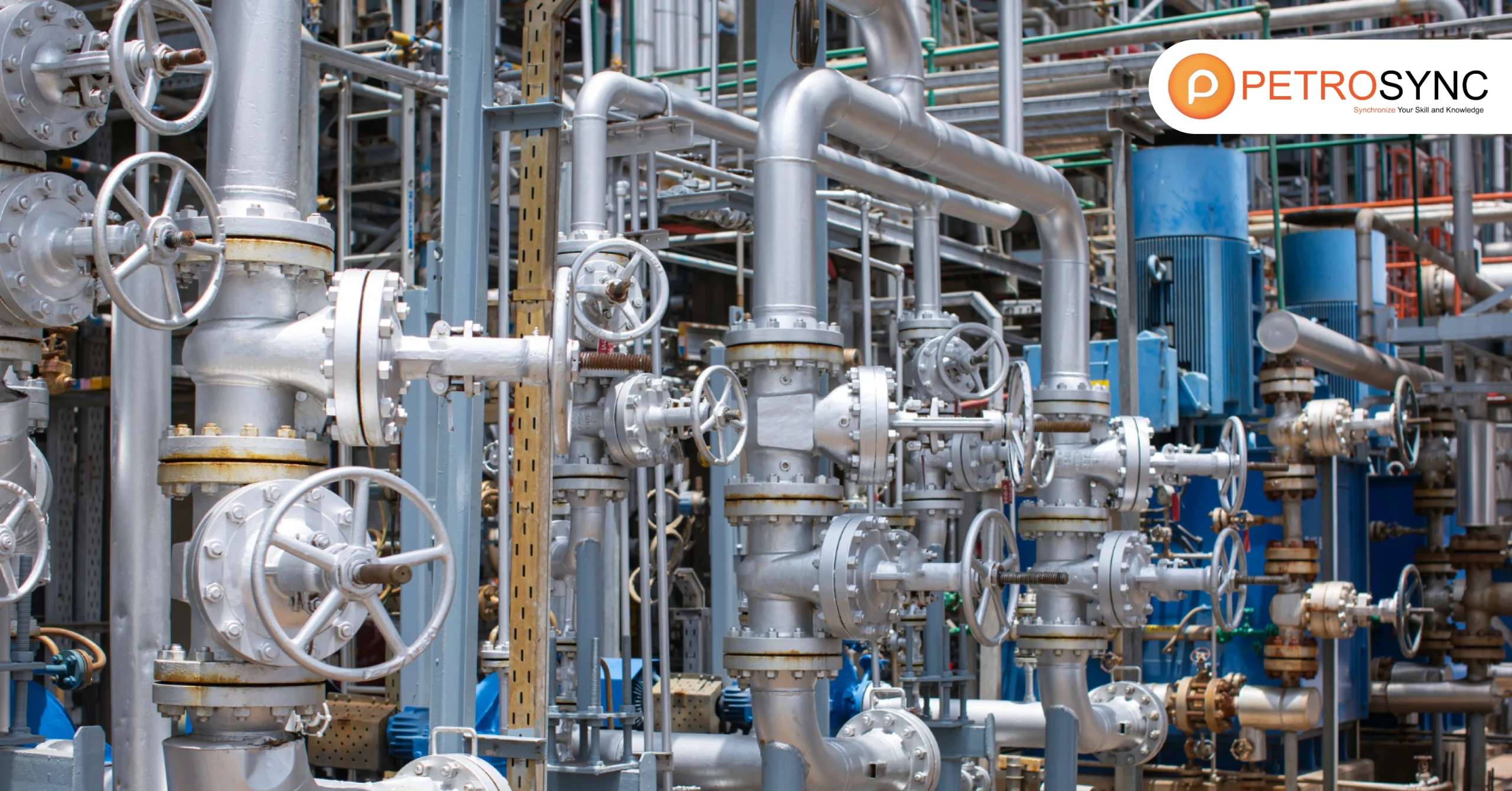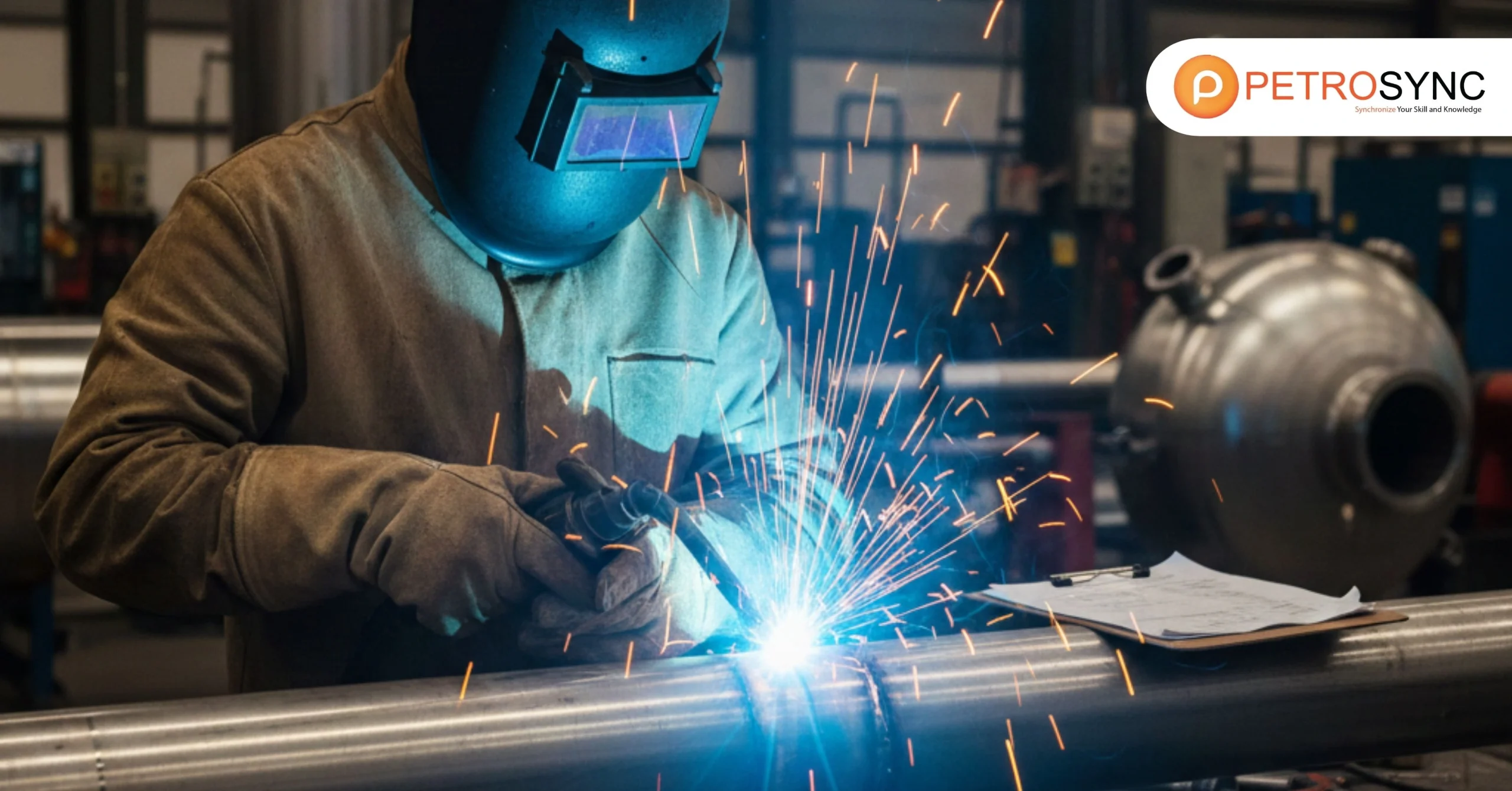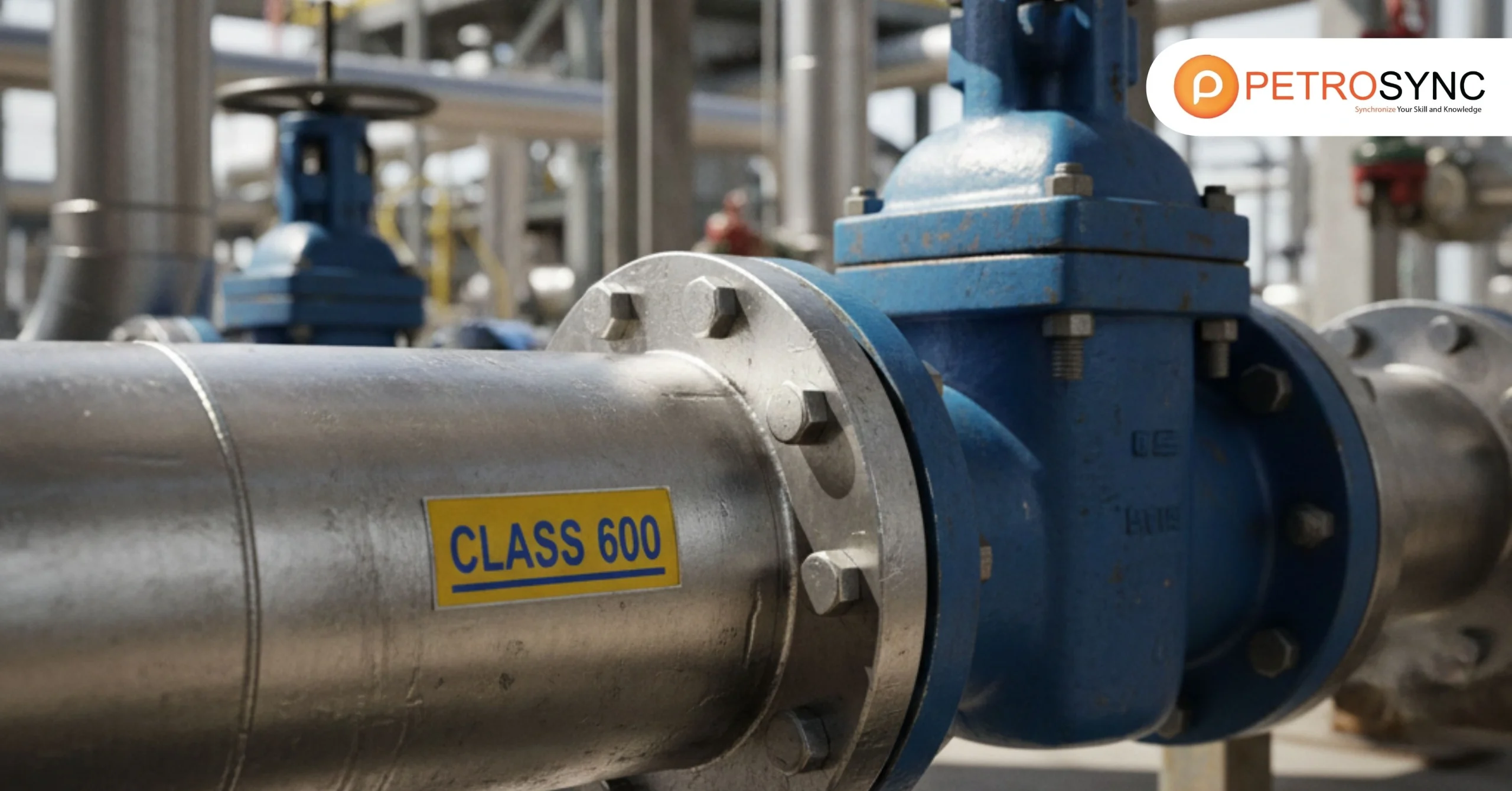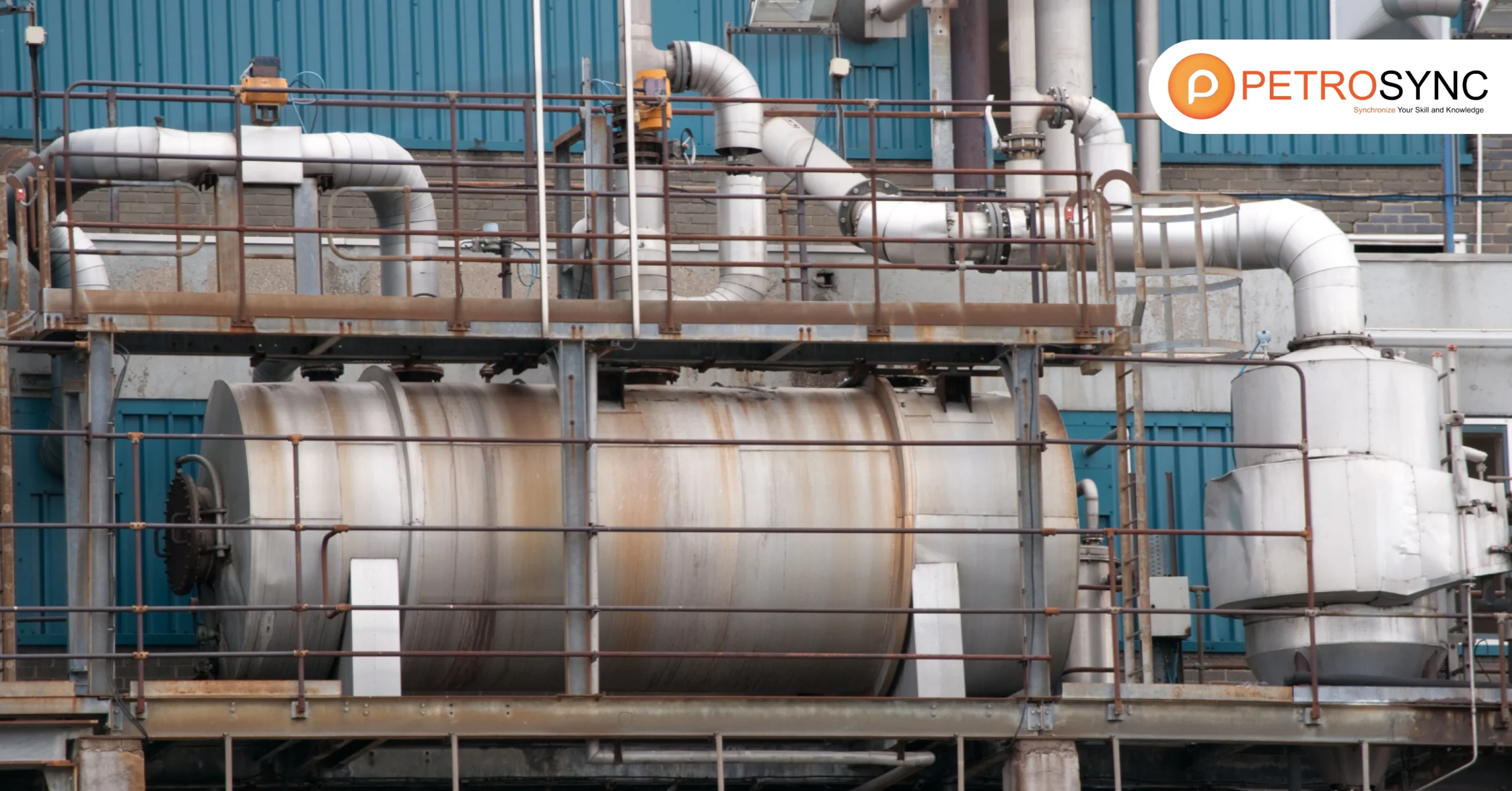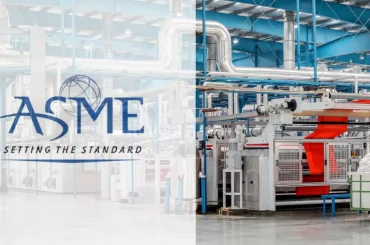In the oil and gasoline industry, the location of safety, efficiency, and productivity are non-negotiable, a well-designed piping computing device is the backbone of every worthwhile operation. From transporting crude oil for the duration of continents to managing hazardous chemical compounds at refineries, piping is the silent workhorse that ensures continuous flow, operational reliability, and long-term sustainability.
But even as piping is everywhere, grasping its design, functions, and engineering intricacies stays a necessary potential gap amongst many senior-level professionals. In fact, mastering piping is no longer virtually a technical necessity—it’s a strategic advantage.
Let’s explore the foundations of piping systems and how deepening your expertise can directly impact operational excellence and business performance.
What is Piping?
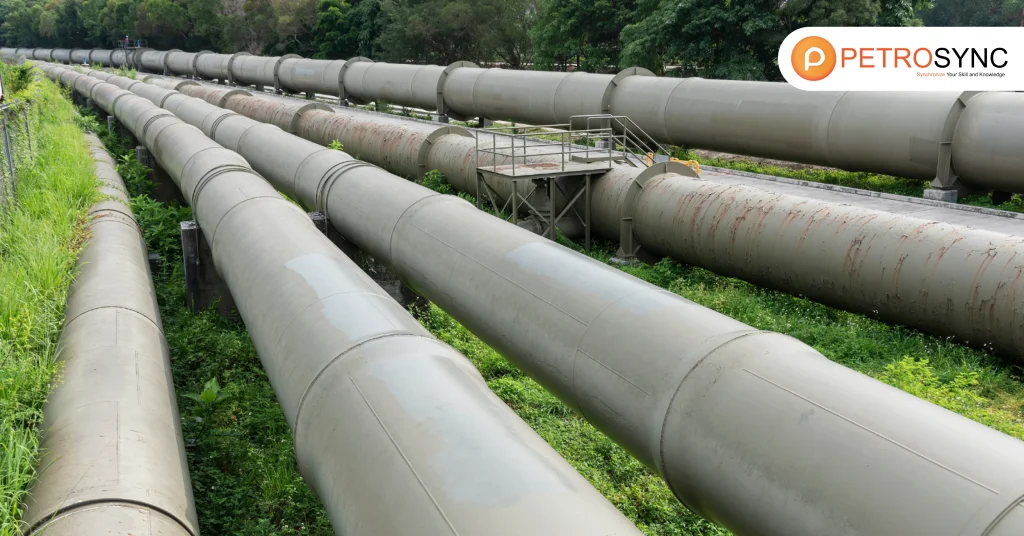
Piping refers to the interconnected network of pipes used to transport fluids (liquids or gases) from one location to another. These systems are designed not just for transportation but also to ensure control, containment, pressure management, and safety compliance across industrial operations.
In the oil and gas sector, piping is central to every stage—from upstream exploration and drilling, to midstream transportation, and downstream refining. Materials commonly used in piping systems include carbon steel, stainless steel, alloy steel, and specialized thermoplastics, depending on the application and operating conditions.
Beyond the physical structure, piping systems involve valves, fittings, flanges, supports, and instrumentation. Together, these components create a complex network that must be engineered to handle temperature fluctuations, pressure loads, corrosion risks, and process dynamics.
Mastering piping isn’t about understanding one pipe or valve—it’s about seeing the full picture of how a system works under operational stress.
What is the Meaning of Pipeline?
While often used interchangeably, “pipeline” is a more specific term. A pipeline typically refers to a large-scale, long-distance transportation system, usually for oil, gas, or water. Think of the Trans-Alaska Pipeline or the Nord Stream pipeline—these are engineered mega-systems, often spanning hundreds or thousands of kilometers.
In contrast, piping is usually associated with intra-facility systems—such as those within a refinery, FPSO (Floating Production Storage and Offloading unit), or petrochemical plant.
The distinction matters. Pipelines require civil engineering knowledge (for routing and geotechnical analysis), legal compliance across regions, and environmental impact assessments.
Piping systems, on the other hand, demand mechanical and process engineering expertise, especially in confined industrial spaces. For professionals in operations, engineering, or asset integrity management, understanding both terms—and their implications—can prevent costly misunderstandings in project planning and execution.
How to Design a Piping System
Designing a piping system is a multidisciplinary process. It blends mechanical design, material science, thermodynamics, and safety engineering. Here are the key steps:
1. Define Process Parameters
This includes understanding the nature of the fluid (e.g., corrosive, flammable, toxic), its temperature, pressure, flow rate, and phase (liquid, gas, or multiphase). These parameters drive decisions on material selection and pipe sizing.
2. Select Materials
Choosing the right material ensures safety and durability. For instance, high-temperature operations may require chrome-moly steel, while highly corrosive environments may use stainless steel or duplex alloys.
3. Layout & Routing
Engineers must consider space constraints, maintenance access, stress points, and thermal expansion. Proper support and flexibility analysis are crucial here, often conducted using software like CAESAR II.
4. Stress & Flexibility Analysis
This ensures that the piping system can handle operational loads, including pressure surges and thermal expansion, without failing or damaging connected equipment.
5. Compliance & Codes
Design must adhere to relevant standards such as ASME B31.3 for process piping, or API 570 for inspection criteria. Neglecting compliance not only risks safety but also violates regulatory norms.
6. Documentation & Drawing
Key documents such as Piping and Instrumentation Diagrams (P&ID), isometric drawings, and Bill of Materials (BoM) are essential for execution, procurement, and future maintenance.
Piping Engineering Basics
More than technical drawings, piping engineering is a discipline that connects design, safety, and system integrity.
Core Responsibilities of a Piping Engineer:
- Designing and specifying pipe routes
- Selecting valves and fittings for optimal flow control
- Coordinating with civil, structural, and process teams
- Ensuring compliance with codes like ASME, API, ASTM
- Performing stress and flexibility analysis
- Managing construction and commissioning supervision
Experienced piping engineers must understand fluid dynamics, failure modes (such as creep, corrosion fatigue, or water hammer), and reliability engineering.
More importantly, they must think systemically. One wrong routing or support decision can result in long-term vibration issues, premature wear, or even catastrophic failure.
Master Piping Fundamentals — Join PetroSync Training Today
If you’re a senior engineer, manager, or executive aiming to elevate your team’s capabilities or make better strategic decisions, mastering piping fundamentals is not optional—it’s essential.
Whether you are planning critical projects, overseeing plant integrity, or managing protection budgets, having a deep perception of piping buildings will embellish your technical administration and operational impact.
At PetroSync, we supply world-class teaching in piping engineering, pipeline inspection (API 570), and mechanical design. Our courses are tailored for authorities who pick real-world solutions, no longer in reality theory.
Led with the useful resource of professional instructors with a lengthy time in the field, our training covers:
- Practical structure case studies
- Hands-on software program application teaching (e.g., CAESAR II)
- International code compliance (ASME, API)
- Inspection and integrity administration frameworks

Results-oriented and thorough SEO specialist with extensive experience in conducting keyword research, developing and implementing digital website promotion strategies and plans, managing campaigns to develop company websites in the digital world, excellent knowledge of marketing techniques and principles, and attentive strong attention to detail.

